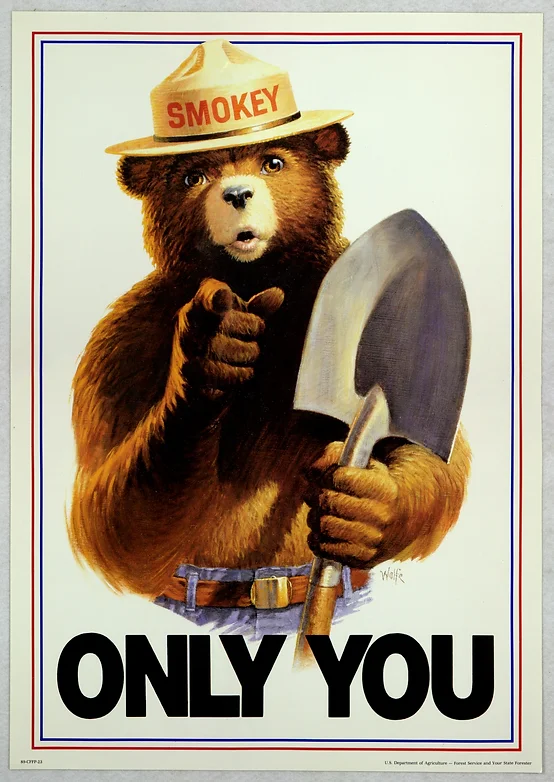Don’t Fuel the Fire
Nearly every state has experienced fires that rage out of control in the landscape. While the largest and most devastating burn here in the West, fires also spread in the East and South, where the suburb meets country or housing development meets conservation land. This becomes more apparent when you are in areas such as the Oakland and Hayward Hills or across the hills in Danville/San Ramon area.
Homeowners can protect their properties in 2 different ways
- design and maintain a landscape that discourages fires
- build with flame-resistant materials
“Fires need fuel, such as dead trees, shrubs and grasses,” says Tchukki Andersen, BCMA, CTSP* and staff arborist with the Tree Care Industry Association (TCIA). “While no landscape is fireproof, there are steps you can take to reduce the danger.” TCIA offers these tips for your landscape to combat wildfires:
- If you are in a wildfire-prone area, reduce the amount of potential fuel around your home. Provide enough tree- and shrub-free space between your home and the undeveloped land to help ensure that your home can survive without firefighters.
- All dead branches that hang over your roof should be removed. Leaves, needles and other dead vegetation should not be allowed to build up on the roof or in gutters.
- In parts of the country where wildfires are rare but still possible, an area of well-irrigated vegetation should extend at least 30 feet from your home on all sides. In high-hazard areas, a clearance of between 50 and 100 feet or more may be necessary – especially on downhill sides of the lot.
- Further from the house, install low-growing shrubs. When planting trees, space them no closer than 10 feet apart. Beyond 100 feet from the house, dead wood and older trees should be removed or thinned by qualified professionals.
- The lower limbs of tall shade trees should be pruned 6 feet above the ground. A professional arborist should always be contacted to remove any large broken or dead limbs high in the tree. Careful pruning preserves a tree’s appearance, enhances structural integrity and assists in the plant’s ability to resist fire.

“As a general rule, the healthier the tree, the more likely it is to survive a fire,” explains Andersen. “In addition to pruning, a professional arborist can recommend fertilization, soil management, disease treatment or pest control measures to promote healthy trees. Landscape design and maintenance are also important factors in a home’s survival.”
Find a professional
A professional arborist can assess your landscape and work with you in creating a safer, more fire-resistant landscape. Here at ArborTech Tree Care Inc. we provide numerous wildfire prevention services, please call (510) 881-8733 to schedule your free estimate appointment.





